90 Percent Of Sea Birds Have Eaten Plastic! Here Are 9 Ways You Can Reduce Plastic Use Today
There is a tiny atoll in the middle of the Pacific ocean, with three miniscule islands of sand – the largest of them just 1,200 acres sitting up a few feet above sea level.
It seems as though Midway Atoll is one of the most remote places on earth. There is nothing else for hundreds of miles around.
It is here that Laysan albatross, black-footed albatross, white terns, red-tailed tropicbirds, frigatebirds, and recently the critically endangered short-tailed albatross come to nest every year. Walking among the nest cups of the albatross, a visitor will notice that scattered on all sides of the down-covered chicks are bits of brightly colored plastic.
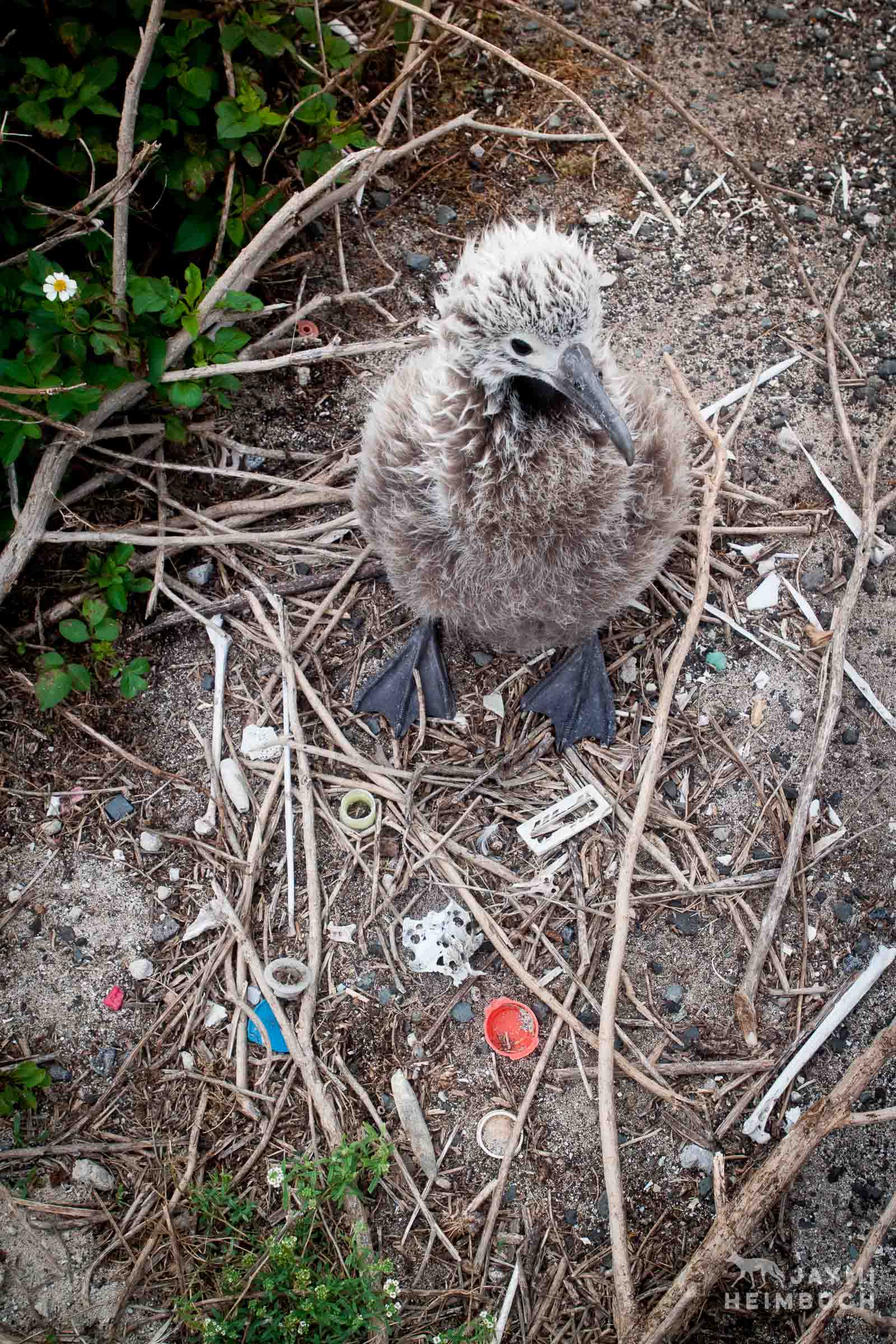
How ocean plastic gets to islands
This plastic did not wash ashore. It was brought here. Plucked from the sea by accident or in a case of mistaken identity, it was carried by adult albatross and fed to their chicks along with the rich fish oil and bits of squid that nourish the chicks as they grow.
When adult albatross or chicks die, their bodies decompose – but left behind are the indigestible, non-biodegradable plastics that very likely had a role in killing the birds in the first place. As their stomachs fill with plastic, the birds end up dying of starvation or lacerations from sharp edges.
These bits of plastic are exposed again, washed back out to sea during storms to become a lethal bit of bait for another marine animal. As the cycle repeats, one thing is made devastatingly clear: plastic has become a deadly part of our planet’s food chain.
An albatross chick’s death by plastic is not a new problem. It is something biologists have been seeing and trying to bring attention to for decades. Biologists can walk along Sand Island and come across an albatross carcass, lift the breast bone, and expose a pile of rainbow-colored plastics. Photos of this have become well known across the internet.
When I visited the atoll, I found lighters, tooth brush handles, bottle caps, tiny plastic toys, even a syringe. All brought to shore inside the belly of a sea bird.

Albatross soar above the ocean looking for squid, fish eggs and other food to feed their chicks. All too often they mistake floating plastics for food. Laysan albatross pairs often return to the same nest cup year after year, so the nest cups have layers of debris, including the bones of chicks that died in previous years as well as the plastics they ingested. The plastics that reappear have the potential to be washed back out to sea, to become mistaken for food yet again, killing animals over and over.
Marine debris is gaining attention
Thankfully, more and more media attention has been aimed at the problem of plastic along with a rise in scientific research about the implications of ocean plastic pollution. This week, a study was published that revealed that 90 percent of all sea birds have eaten plastic. By 2050, that number will climb to 99 percent.
“That was shocking,” Chris Wilcox, a research scientist with Australia’s Commonwealth Scientific and Industrial Research Organization and lead author of the study told National Geographic. “Essentially, the number of species and number of individuals within species that you find plastic in is going up fairly rapidly by a couple percent every year.”
From around 5 percent in 1960, to around 80 percent in 1980, and now creeping past 90 percent in 2015, the rise tells a story of humans creating a dangerous material without any real understanding of the reach of impact of that material, nor the means to control its spread once it is released for use.
“Parakeet auklets, a small, diving bird that lives in the Northern Pacific near Alaska, shows the highest predisposition toward eating plastic, Wilcox says. Albatross are more prone to eating plastic because they fish by skimming their beaks across the top of the water, and inadvertently take in plastics floating on the surface. Petrels and shearwaters, which live on offshore islands and forage over large areas of sea, also contain large amounts of plastic in their stomachs,” reports National Geographic.
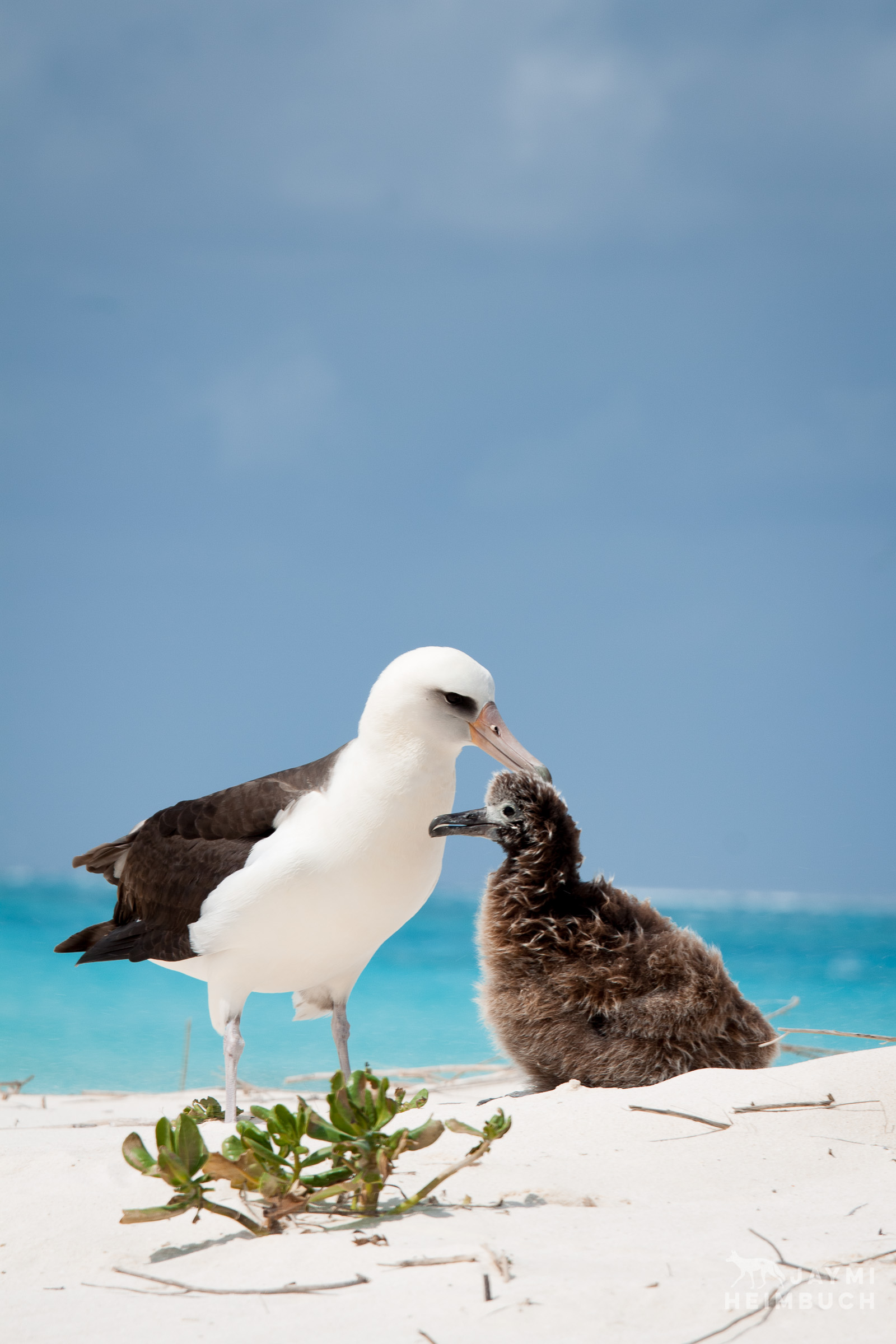
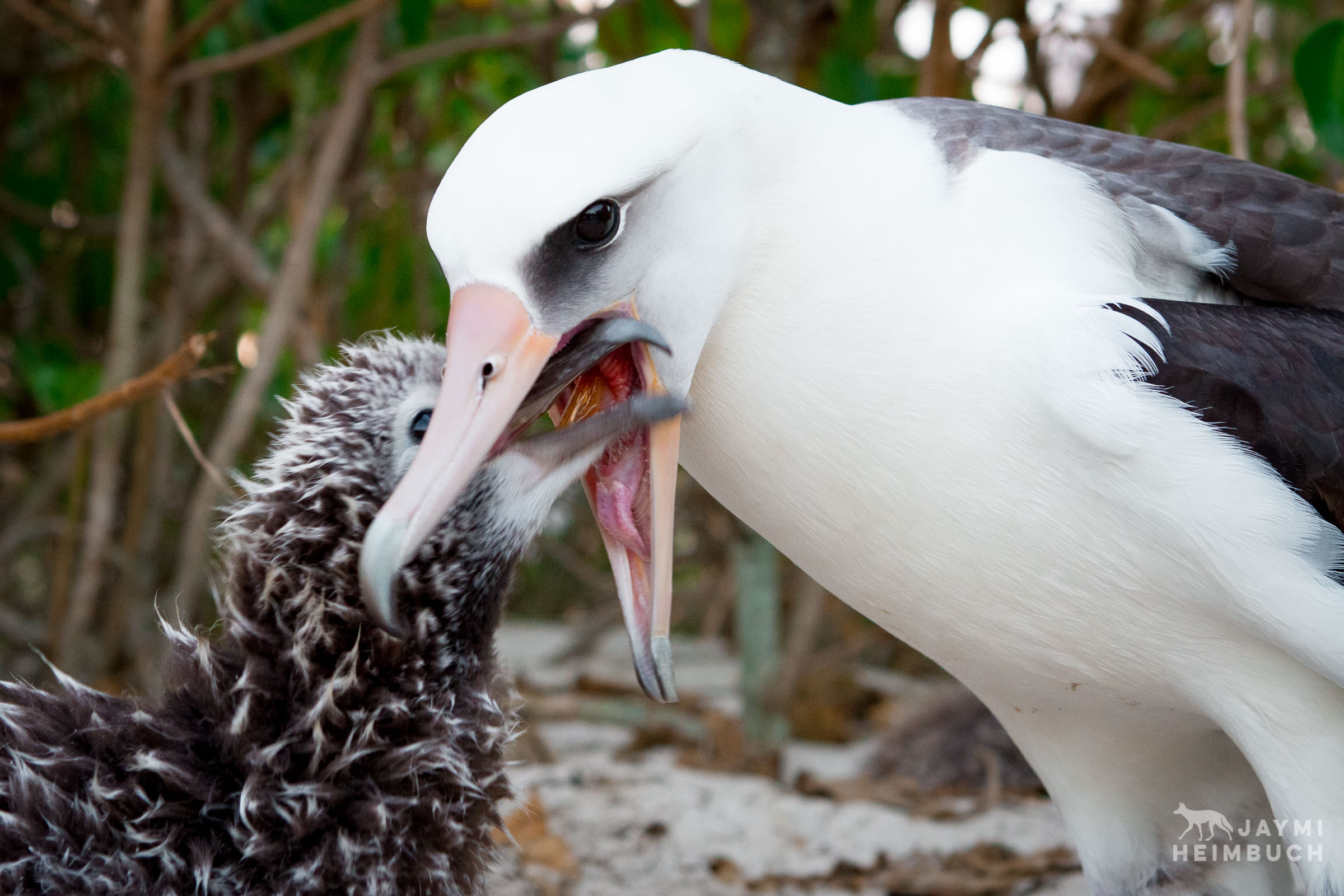
It takes two adult laysan albatross to bring back enough food to feed a growing chick. They return separately at intervals, so the chick can be fed as often as possible. unfortunately, many of those meals are laced with plastic. Albatross mistake floating plastic for the squid and fish eggs they seek out for food at the surface of the ocean. Lighters, fishing floats, bottle caps, plastic toys and many other objects are gathered by adults, fed to chicks, and become a lethal meal.
Ocean plastic affects remote places
Midway Atoll isn’t the only supposedly remote place where plastic is showing up. Smithsonian reports, “The paper identifies a place scientists used to consider “relatively pristine” as a hotspot for plastic ingestion: the Tasman Sea. In fact, despite being far from the floating pile of plastic so immense it’s been labeled the Great Pacific Garbage Patch, the Tasman Sea might actually be more dangerous. Since it’s where the Atlantic, Pacific and Indian Oceans converge and holds a high diversity of birds, the Tasman Sea could be particularly dangerous for birds who mistake a bottle cap or plastic bag for food. In fact, the GPGP is relatively safe when it comes to animals eating plastic because few animals can sustain life there at all.”
If you guess that there is still a place on the surface of the planet that is untouched by plastic, you would be wrong. Our trash has even been found in the deepest parts of the ocean. And if plastic is not consumed directly by sea birds, it is consumed indirectly as they eat fish that have consumed plastic. One sea bird studied by scientists contained more than 200 pieces of plastic.
“Plastic fragments can be found throughout the world’s oceans, at concentrations up to 1.5 million pieces per square mile (580,000 per km^2). Since commercial manufacturing began in the 1950s, plastic production has been doubling every 11 years, with a corresponding amount of waste material ending-up at sea,” reports Forbes.
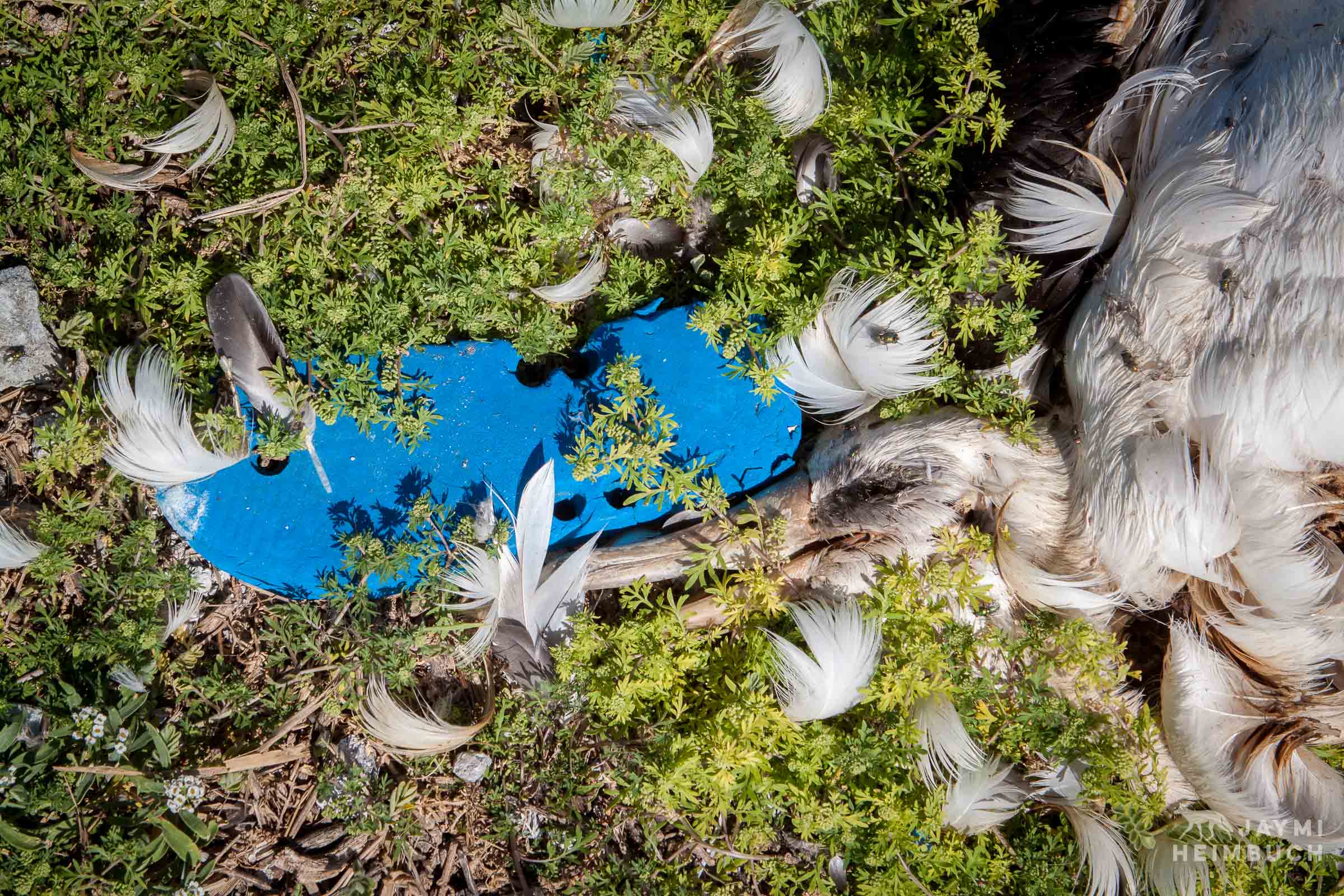
It may seem like a dire situation, and it is. But there is still time to turn the tables. It starts with you and me, today. “Most plastic pollution appears to be from consumer items, with some contribution from industrial sources,” says Dr. Wilcox.
That is actually good news. It means we have the power to make a major difference, based on what we buy and how we buy it. Below are nine ways you can dramatically reduce your plastic consumption with hardly any effort, beginning right now.
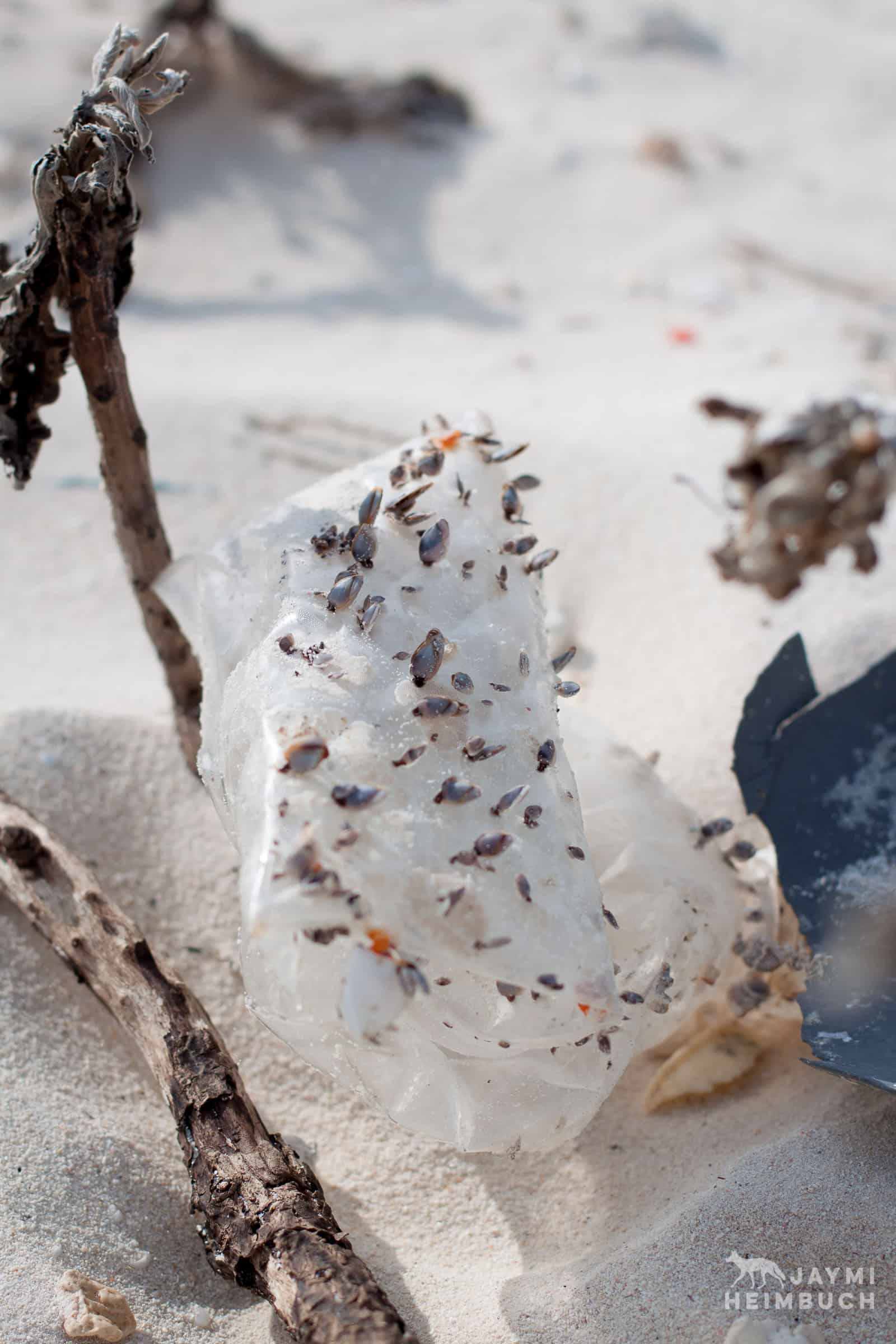
As plastic floats across the surface of the sea, it can gather up barnacles and other sea life looking to hitch a ride. however, much plastic breaks down into smaller and smaller pieces, and then is consumed by fish, which are consumed by larger fish. Plastic is now a part of our food chain.
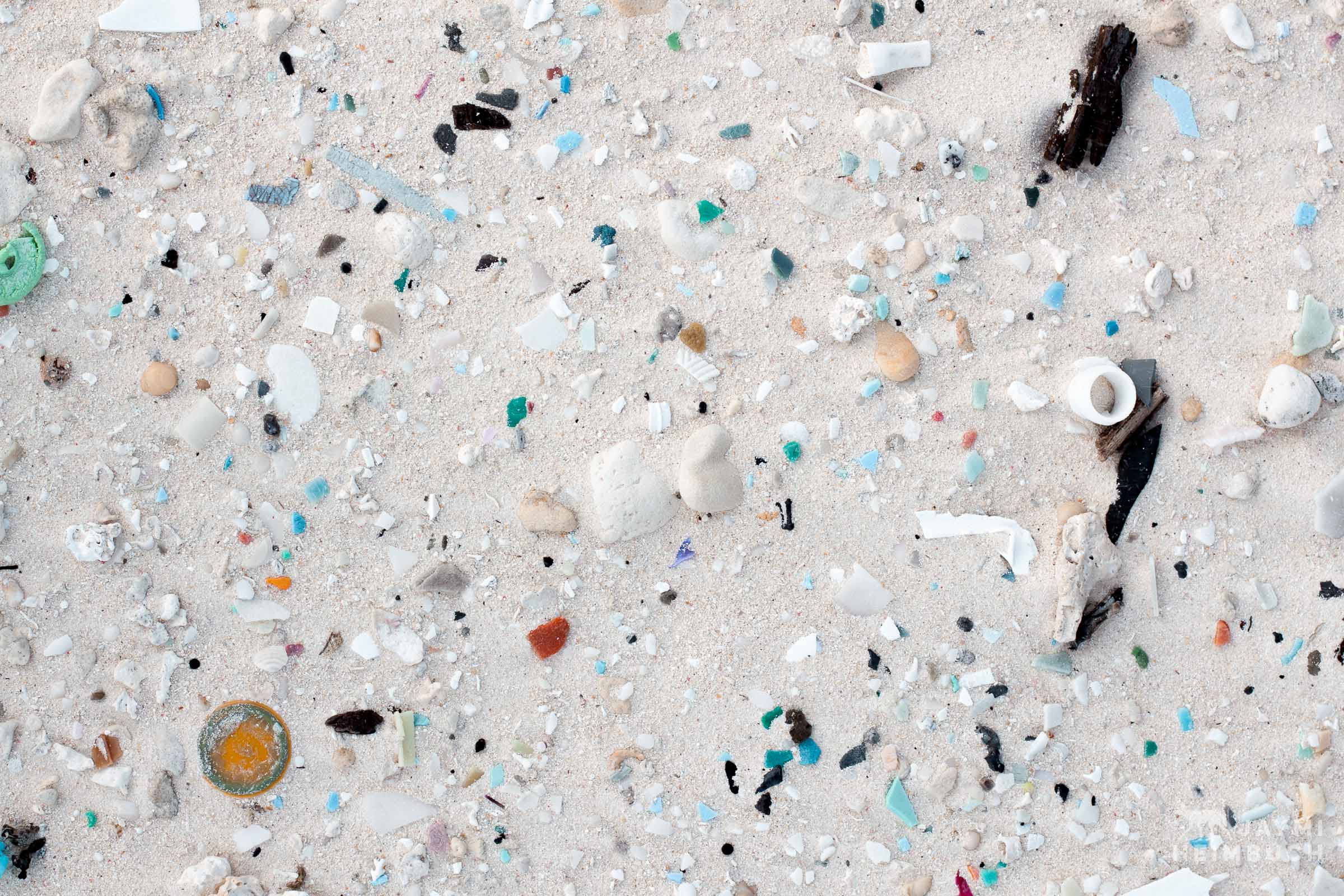
The white sand of sand island, midway atoll is a rainbow mix of colorful plastics, much of which was brought to the atoll by sea birds.
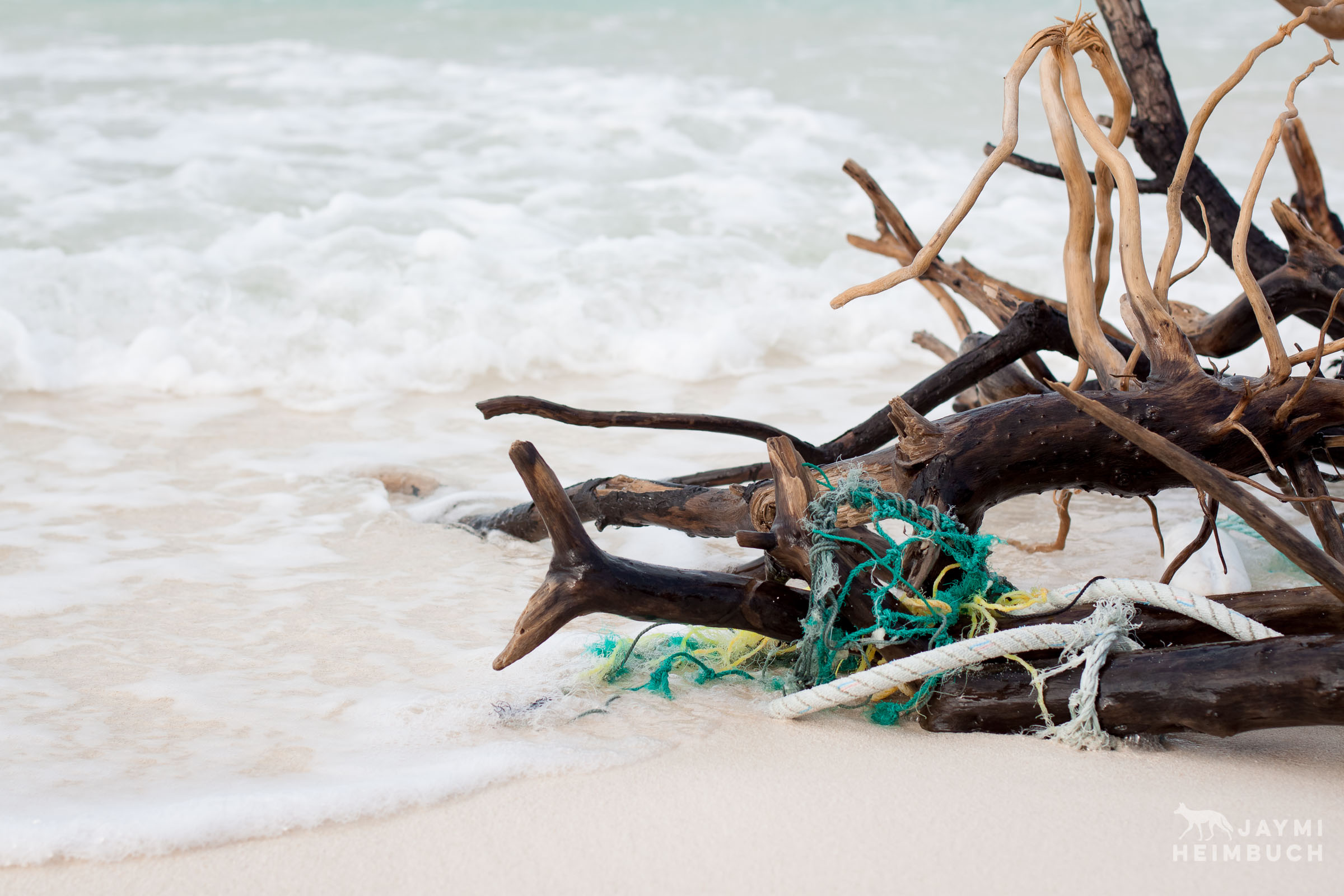
Discarded plastic ropes and nets become entanglement hazards for marine life.
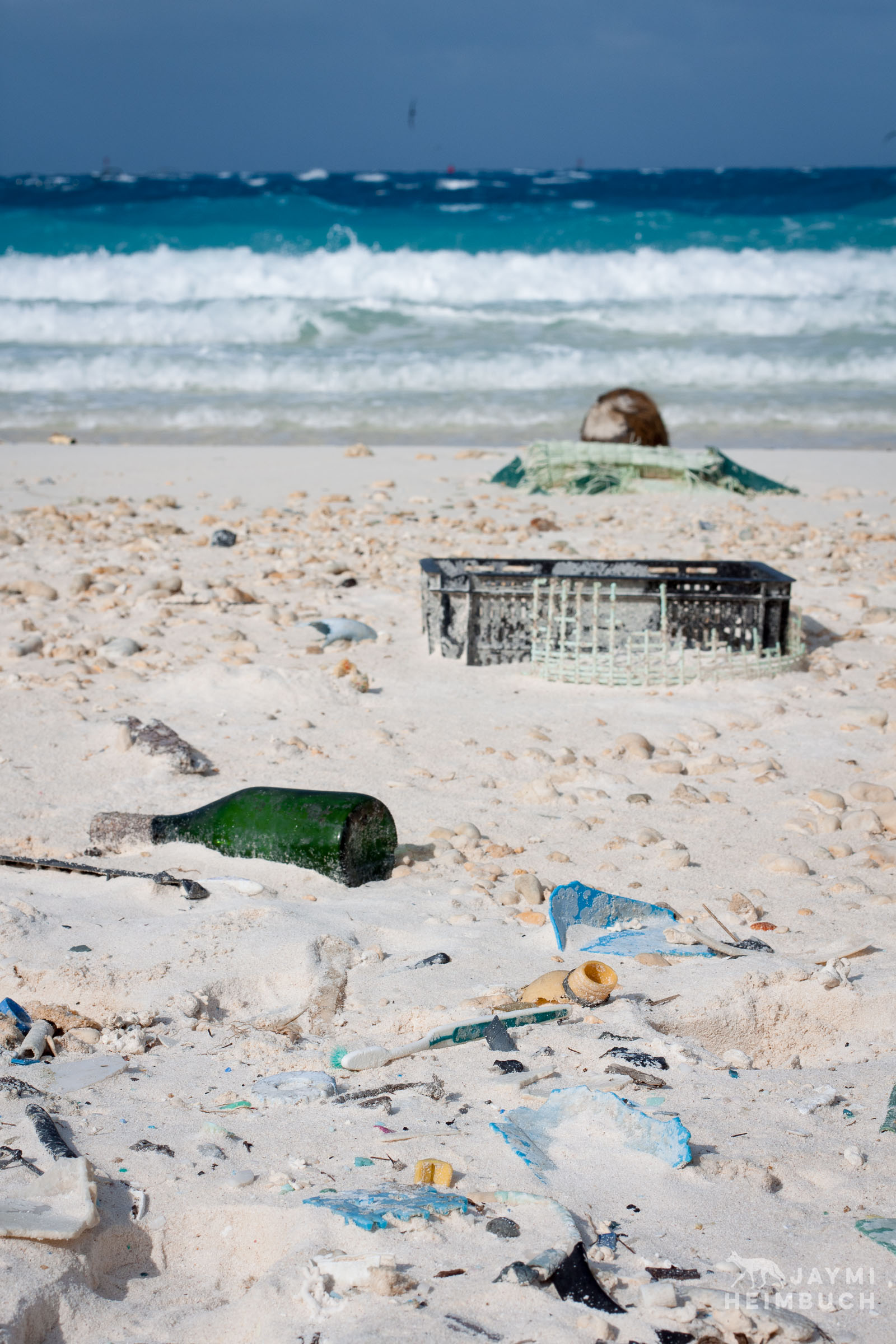
There is still an opportunity to slow the flow of plastic into the environment, and it starts with a change in consumer behavior. We decide the fate of the planet largely through our purchases.
This video is from biologist Wayne Sentman who explains some of the common items found from decomposed albatross bodies.
Ways To Reduce Plastic Use And Waste
Many of these suggestions will probably look familiar to you by now, if you’ve ever looked at ways to reduce your environmental footprint. They continue to be repeated because they are some of the easiest ways to cut down significantly on plastic consumption.
Much of our plastic use begins at the grocery store, so just in a single trip to the store to get ingredients for dinner, you can reduce your plastic consumption by being mindful of a few things. While it is a bit of a challenge to eliminate plastic entirely from our lives, it’s incredibly easy to cut out the majority of our use.
These ideas are meant to get you started thinking about the many ways in which plastic sneaks into your life, and how you can trim down and help marine life from the tiniest of fish to the largest of whales, from the creatures living at the bottom of the sea to the birds that soar above it.
Say no to straws
The National Parks Service writes, “Americans use 500 million drinking straws every day. To understand just how many straws 500 million really is, this would fill over 125 school buses with straws every day. That’s 46,400 school buses every year!” These straws look very much like food and can end up being a deadly snack for marine animals. What’s worse, they can even get stuck up sea turtles’ noses, as this video shows.
Saying no to straws, or using only paper, glass or stainless steel straws, goes a long way for protecting sea life. Make sure when you order drinks, you specify when you order that you do not want a straw, so that the server doesn’t automatically put one in your drink.
Bring your own bag
“Shoppers worldwide are using approximately 500 billion single-use plastic bags per year,” writes Ocean Crusaders. Even if you reuse a plastic bag once or twice and put it in the trash, it may still end up in the ocean. Plastic bags easily escape from landfills and are blown into waterways where they become hazards for marine life.
Plastic bags aren’t only a hassle – they’re also expensive to tax payers. For instance, Plastic Waste Solutions notes, “Plastic Bags cost the city of San Francisco 17 cents each to handle once discarded. Over the state, California spends about 25 million dollars sending plastic bags to landfill each year, and another 8.5 million dollars to remove littered bags from streets. While a grocer pays next to nothing for plastic bags and gives them to customers at no charge, the follow on cost to all of us is much higher.” Both marine animals and your city’s budget benefit directly when you stop using plastic bags.
Cloth bags are a perfect alternative, and many designers have created cloth bags that roll into tiny balls so they fit easily inside your purse, your pocket, a glove compartment, a backpack pocket or anywhere else you might need to stash one.
BYOB extends to produce bags as well. It’s still common to see people in the supermarket bagging one or two apples in a plastic bag, then a couple lemons in another, then maybe a bunch of carrots in yet another plastic bag. Working your way through the store adding plastic bags to your cart defeats the purpose of bringing your own cloth bags for the check-out counter. Invest a few dollars in reusable produce and bulk goods bags and you’ll cut your plastic consumption in a big way.
Use matches instead of plastic lighters
Lighters are one of the most common items found in the stomachs of albatross chicks. They look very much like the squid that albatross feed on and are commonly mistaken as food. By using matches instead of plastic lighters, you will help cut down significantly on one of the most common problem plastics for sea birds.
Bring your own coffee mug
The plastic-lined paper coffee cup and the plastic lid in which you receive to-go drinks can take upwards of a century to break down. Bring your own travel mug to your favorite cafes and not only will you be helping sea birds, but you might also get a financial reward. Many coffee shops give discounts to customers who bring in their own mugs.
Buy bulk products in paper bags
The plastic bags used for packaging most goods, from nuts to grains, seeds and cereal become a hazard the second you empty the bag and throw it away. You can cut down significantly on how much you spend on dozens of common kitchen staples while also cutting down your environmental footprint by buying bulk goods in paper bags or better yet, your own reusable cloth bags designed for bulk goods.
Choose products packaged in glass instead of plastic
Cut way down on waste by buying products that are packaged in glass or aluminum rather than plastic. Glass and aluminum are easily recyclable and reusable. And if they escape into the environment, they are at least a natural substance that can break down without causing harm. If you’re trying to decide between two peanut butters, go with the one in the glass jar. The same goes for other spreads, jams, drinks, sauces, and so on.
Use smaller trash bins at home and line them with paper
If you line your trash bins with plastic bags, consider cutting your use of them. Use smaller trash containers and empty them more frequently. You can line the bottom of the bin with old newspapers or junk mail. It takes hardly any extra effort, and you’ll save money by not having to buy trash bags ever again.
Use beeswax cloth and glass or metal containers for storing food
Disposable plastic containers and plastic wrap are a single-use waste you can cut from your life entirely. Invest in glass containers to store food. You can seal bowls with wax-coated cloths, such as those from Abeego or Bee’s Wrap.
For lunches, switch from plastic snack bags to bento boxes or mason jars, and carry snacks in washable ReUsies bags. Invest a little bit of money up front in washable containers and you’ll save a lot in the long run, and save wildlife while you’re at it.
Ditch disposable razors and toothbrushes
Toothbrushes and razor handles are some of the common items swallowed by sea birds and other marine life. Instead of plastic disposable razors, buy a metal razor with replaceable blades and recycle the blades. You can also switch to a wooden-handled tooth brush, which you can then toss in the compost pile instead of the trash when you’re done with it.
Don’t stop at just razors and toothbrushes. Look at other ways you use disposable plastic in your life – from ball-point pens to the wrapping on snacks, from shampoo bottles to the plastic microbeads found in exfoliating soaps. Once you start looking, you’ll find there are hundreds of ways you can cut back on your plastic use, and thus plastic consumption by animals.
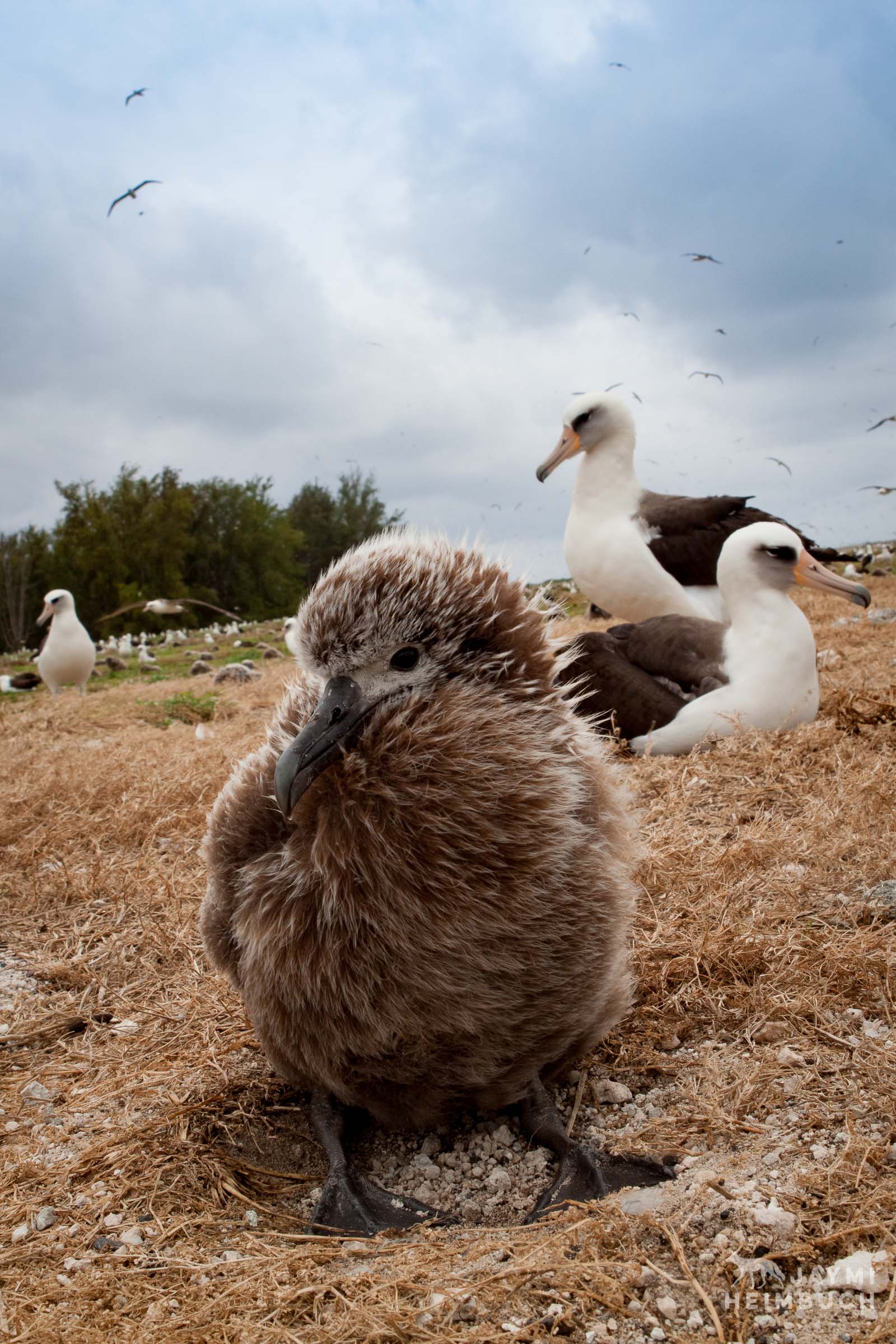
If you ever get tired of making the sometimes more expensive, sometimes less convenient purchasing decisions (and you will) then just think of this little guy growing up on Midway Atoll. Maybe your willpower and conviction to see a plastic-pollution-free planet will be restored.
And if you’re looking for added inspiration, check out a few of the videos from The Story of Stuff. Here’s a sample video taking a closer look at bottled water:
Originally published September 2015
[mashshare]

